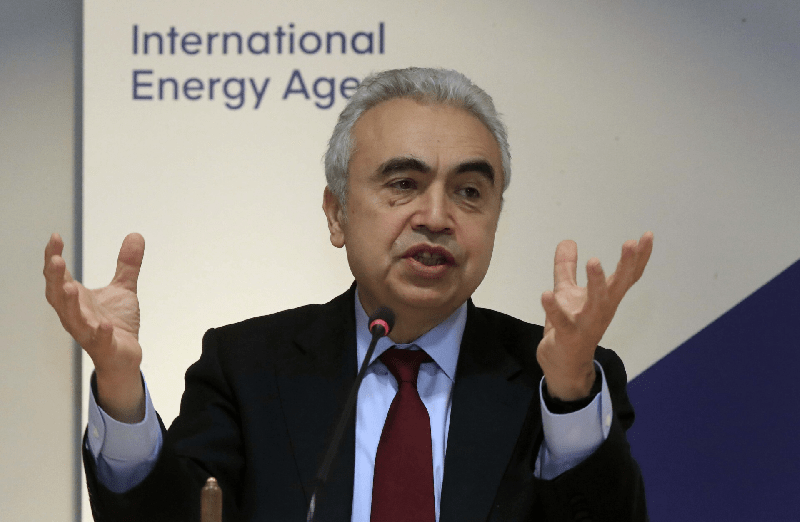The International Energy Agency’s Net-Zero Roadmap, first published in 2021 and updated on Tuesday, has generated far more interest and controversy than most other reports from the Paris-based energy watchdog.
The original report became a lightning rod in the debate over the role of fossil fuels in the energy transition, fueled by media coverage of the headline claim that “no new oil and natural gas fields” were needed under the agency’s pathway to net-zero emissions by 2050.
A lot has happened in the two years since the original report: The Ukraine crisis has shifted the discussion toward greater emphasis on near-term energy supply; fossil fuel producers have made a stronger move to reclaim the energy agenda; warnings from climate scientists have become more urgent; and tangible signs of climate change have mounted.
And while the IEA has modified its language in the updated report, its conclusions remain sobering for the oil and gas industry.
Initial Interpretations
Part of the controversy last time stemmed from some initial misunderstandings about the report’s intentions.
Rather than looking at the current situation and projecting forward, the agency instead took a future objective and asked what it would take to achieve this.
That difference was lost in early media coverage of the report in 2021 — which colored subsequent perceptions — as headlines suggested that the IEA was calling for an end to investment in oil and gas.
While the executive summary did appear to make this point, the body of the report was more detailed about the need for some continued investment.
In a press conference at the launch of this week’s update, IEA Chief Fatih Birol seemed to address the potential for misinterpretation, suggesting that people “have a good look at our report.”
Birol said the IEA’s position has not changed, but that he wanted to make “clear” that “this doesn’t mean that, as of tomorrow, we don’t need any investment for oil and gas.”
Investment in existing oil and gas fields will still be needed “to keep the production at a certain level that it can meet the declining oil and gas demand” and allow “an orderly transition” to a cleaner energy system “where we will still have some oil and gas in the future,” Birol said.
Existential Threat
The IEA’s net-zero pathway, and its accompanying projections of sharp declines in oil and gas production through 2050, still represents an existential threat for oil and gas producing nations, in terms of both their economies and their global status.
In some respects, the IEA’s net-zero pathway became a symbol of the much wider struggle between producer and consumer nations over control of the energy agenda and the role of fossil fuels in the transition to low-carbon energy.
The report was seized on by environmentalists and some politicians, and became a reference point for the financial community in assessing corporate strategies.
Part of the shock of the 2021 message also likely stemmed from the source. The IEA, as a representative of consumer countries, had long been seen as part of the energy establishment, producing mostly sober market analysis.
Historically, its role had involved encouraging oil and gas producers to invest and pump more, and the agency had adopted a more collaborative approach toward Opec. This may have made its apparent flip on investment more surprising.
The IEA’s change of message reflected the interests of its consumer country members, which had started prioritizing the push for low-carbon energy.
But it is also true that the agency has taken a higher profile with this switch.
Birol said the IEA would release a special report on oil and gas producers ahead of the coming COP28 climate conference with “some recommendations to those countries so that they are not caught unprepared [by] the clean energy transition and … they are part of our fight against climate change.”

